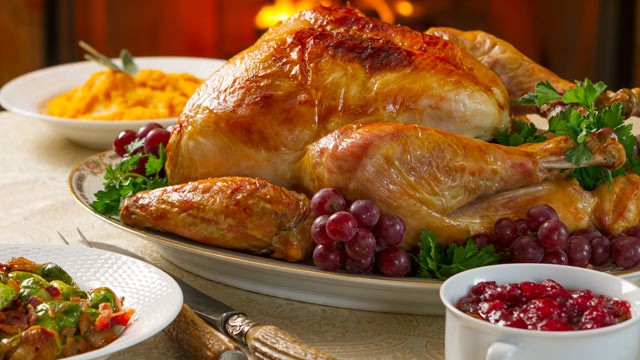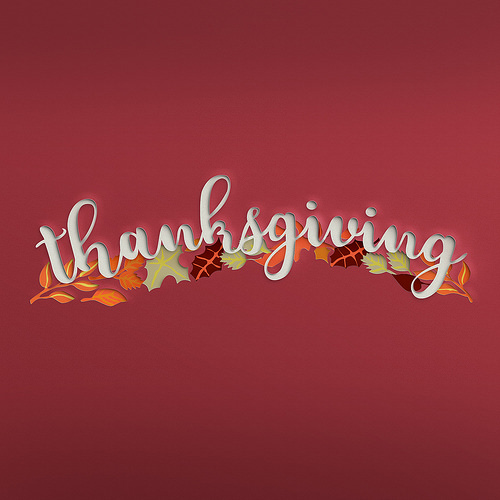
Did you know about the facts hidden behind Thanksgiving Day?
The origin of Thanksgiving dates back to 1620 when a ship left England with 102 passengers hoping that they could have a sense of belonging in the new world. After an uncomfortable journey which lasted for 66 days. The people dropped anchor near of their intended destination at the mouth of the Hudson River, where the Pilgrims, as they are now commonly known, began the work of establishing a village at Plymouth. An Abenaki Indian helped the passengers, who were weakened by malnutrition and illness. He also taught them how to cultivate corn, extract sap from maple trees, catch fish in the rivers and avoid poisonous plants. After the Pilgrims’ first corn harvest was proved successful. The first Thanksgiving was organized by a celebratory feast and they invited a group of the fledgling colony’s Native Abenaki Indian allies for Thanksgiving. Lobster, seal, and swans were the main dishes in the Thanks Giving celebratory feast.

Thanksgiving becomes an Official Holiday
New York was the first of several states to officially adopt an annual Thanksgiving holiday in 1817. Abraham Lincoln scheduled Thanksgiving for the final Thursday in November, and it was celebrated on that day every year until 1939 when Franklin D. Roosevelt moved the holiday up a week in an attempt to spur retail sales during the Great Depression. Roosevelt’s plan, known derisively as Thanksgiving, was met with passionate opposition, and in 1941 the president reluctantly signed a bill making Thanksgiving the fourth Thursday in November.
Thanksgiving Traditions and Flowers
In many American households, the Thanksgiving celebration has lost much of its original religious significance; instead, it now concentrates on cooking and sharing a bountiful meal with family and friends. Thanksgiving flower arrangements are arranged with brightly coloured seasonal flowers from orange roses to yellow daisies.

